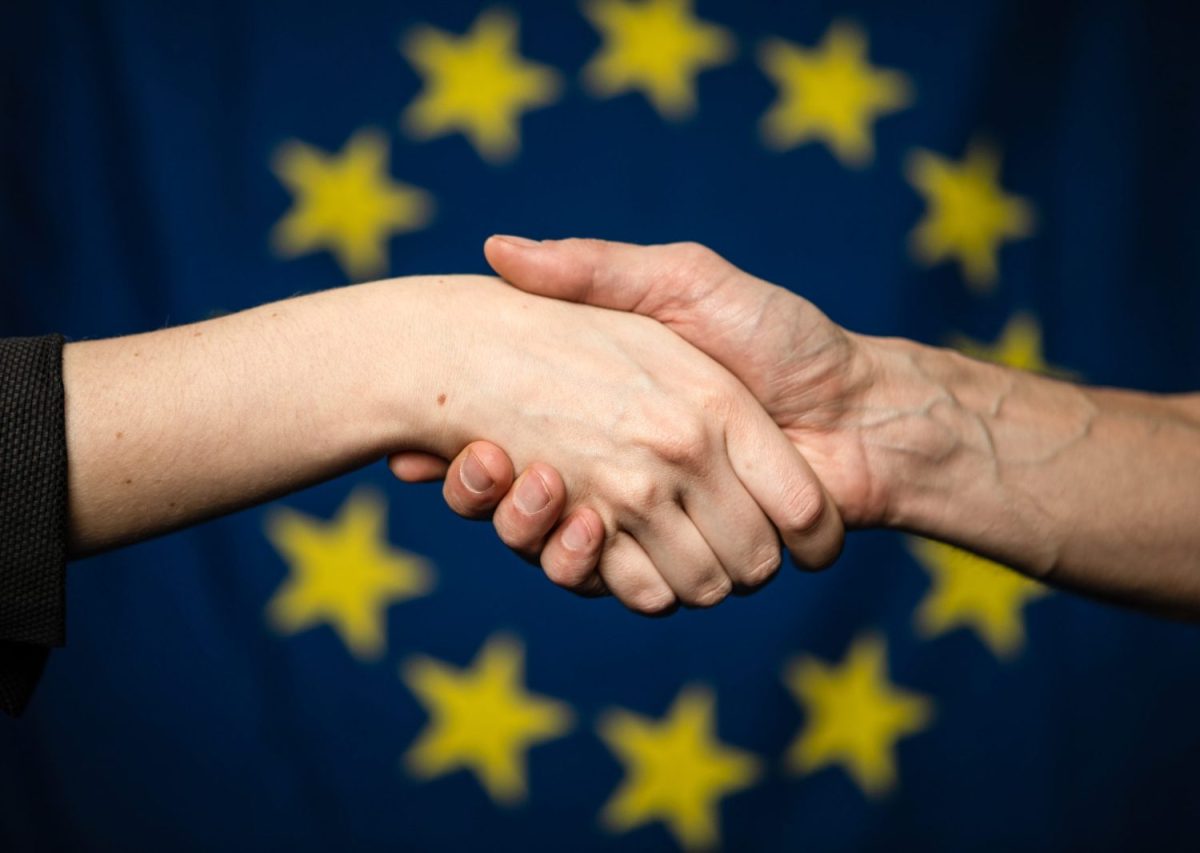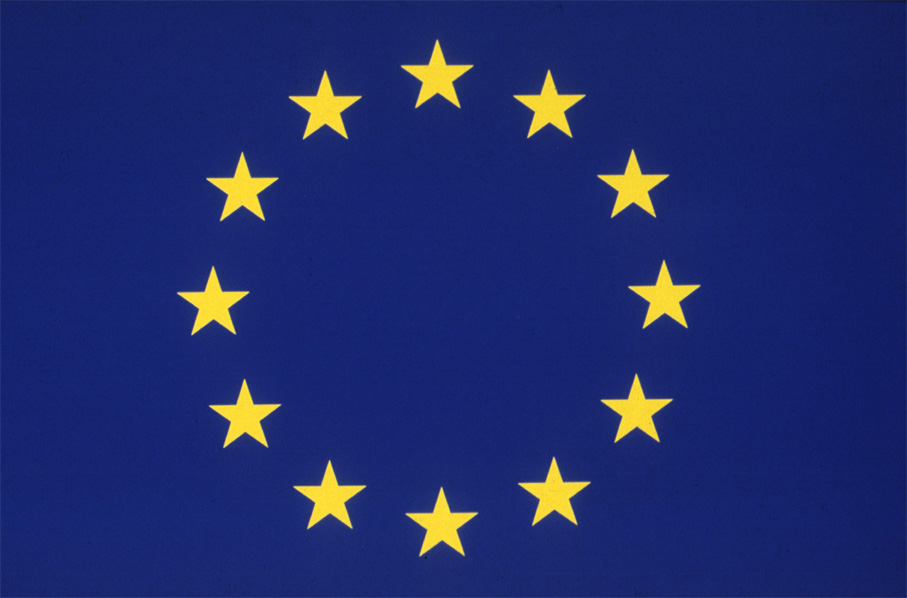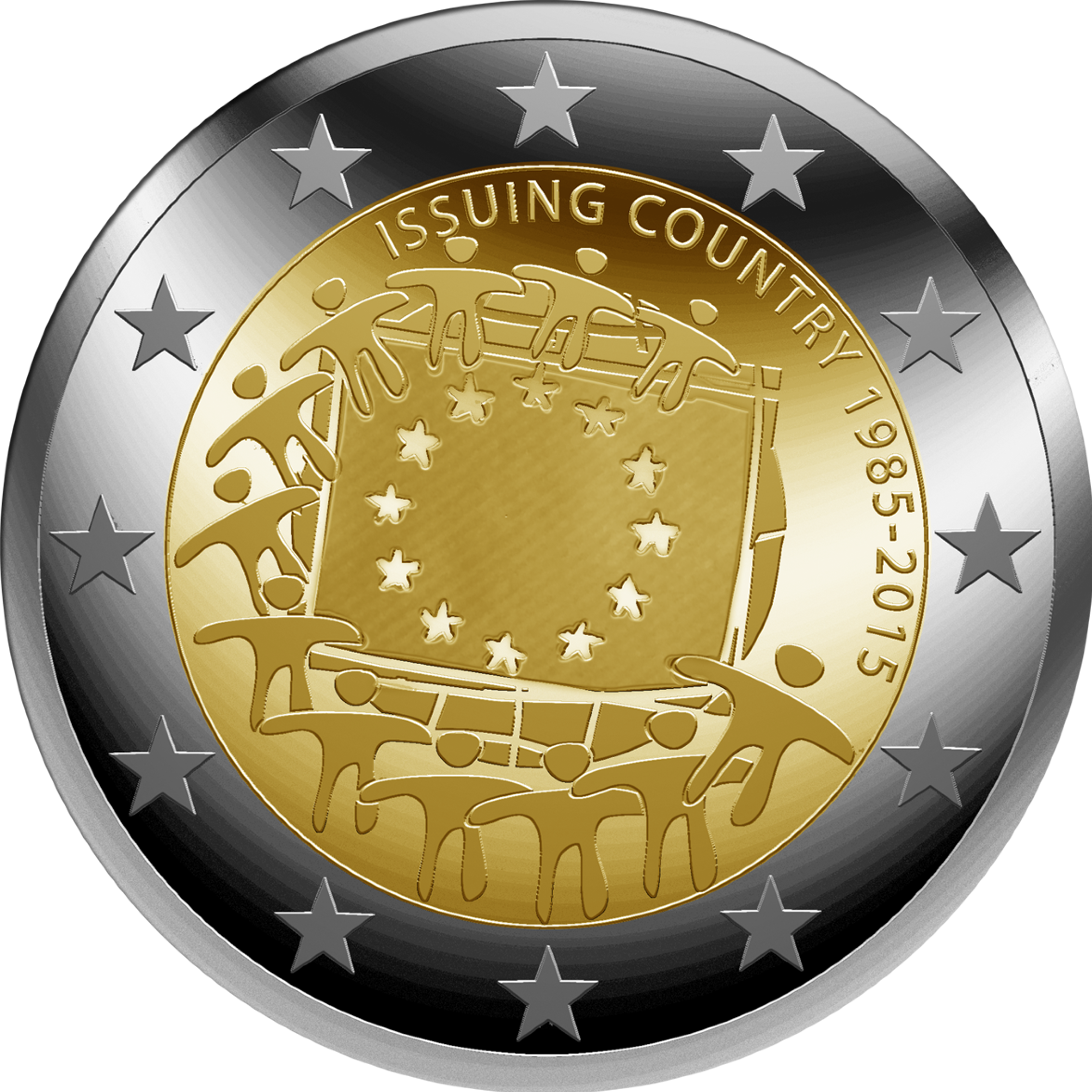Perhaps the most famous symbol of the European Union (EU) is celebrating its 40th anniversary. However, it was first used in 1955. Despite the fact that the number of states in the EU has increased over the years, the stars on the flag have remained unchanged.
Blue and 12 gold stars, this is the globally recognizable flag of the European Union . It flies on the buildings of institutions, appears on Erasmus certificates and EU-supported projects. Over the years, it has become one of the most famous symbols of European integration. Despite its easy recognition, it hides the history and values of the EU.
Although it might seem that the stars on the flag symbolize the number of member countries, in fact their number has nothing to do with membership. The twelve stars arranged in a circle, like a clock, represent the ideals of unity, solidarity and harmony between the countries of the European Union. Their circular arrangement also refers to their unity. The blue background of the flag represents the color of the western sky and, together with the gold stars, refers to clarity, stability and peace.

Illustrative image. Mauro Bottaro / © EU, 2019 – EC Audiovisual Service


